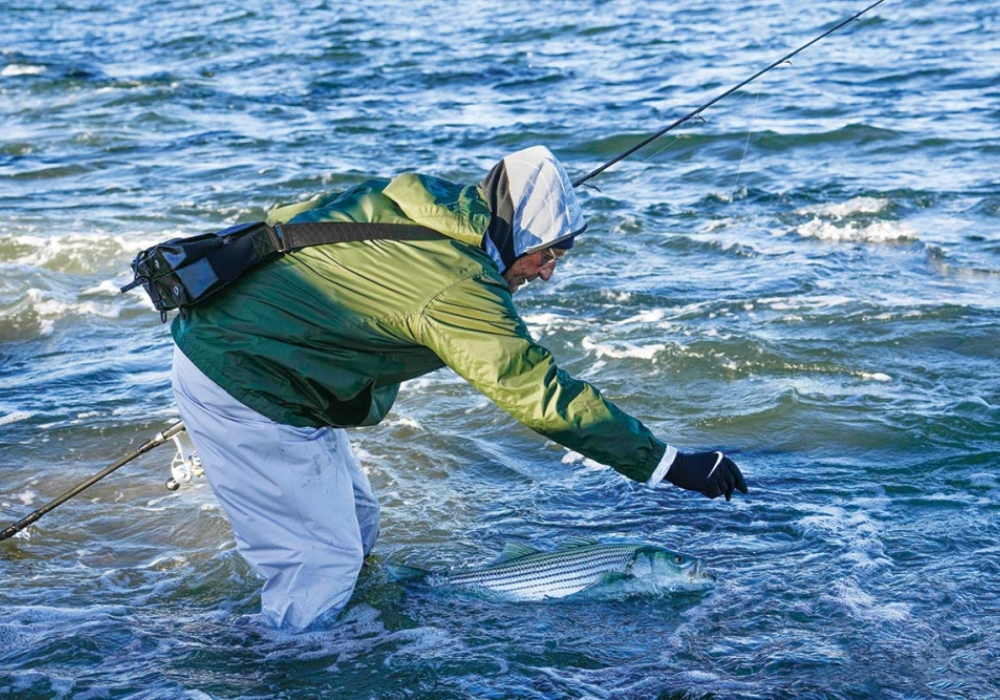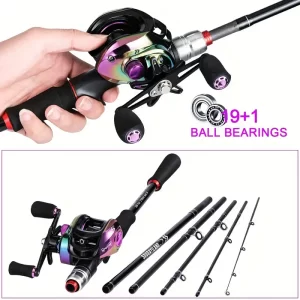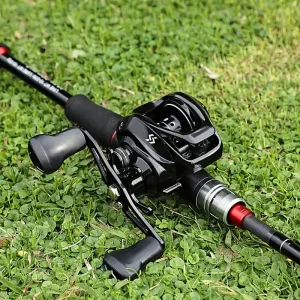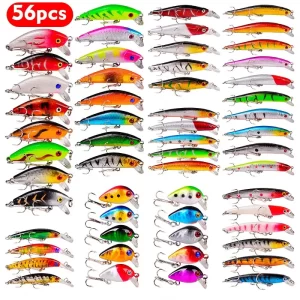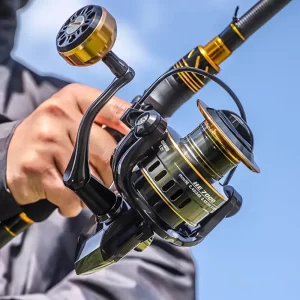The art of fishing is a delicate dance between casting and retrieval. Casting gets your bait or lure into the water, but it’s the retrieval that seals the deal. Whether you’re after freshwater bass or deep-sea marlin, mastering retrieval is the path to memorable catches.
1. The Basics of Retrieval
Effective retrieval starts with the fundamentals. It’s the process of bringing your bait or lure back to you after casting. The speed, rhythm, and depth at which you retrieve can make all the difference in enticing a strike. Start by understanding the preferences of your target species. Some fish prefer a slow, steady retrieve, while others are enticed by erratic, stop-and-go movements. Matching your retrieval style to the fish’s behavior is essential.
2. Experiment with Retrieval Speed
Fish can be finicky, and their preferences for retrieval speed can change throughout the day. Experiment with different speeds to find what works. Start with a moderate pace and vary it until you discover the rhythm that triggers strikes. Sometimes, a faster retrieval can mimic a prey fish trying to escape, while a slower one can imitate wounded prey.
3. Add Twitches and Pauses
Adding subtle twitches and pauses to your retrieval can simulate the erratic behavior of injured or distressed prey. Try twitching your rod tip or pausing briefly during the retrieve to make your bait or lure look vulnerable. This can be particularly effective for enticing predatory fish.
4. Use the Right Lure or Bait
The type of lure or bait you use greatly influences retrieval success. Match the size, color, and action of your offering to the fish’s preferences and the conditions. Topwater lures create exciting surface commotion, while jigs and soft plastics excel when fishing deeper. Live bait can be irresistible to many species, so choose wisely.
5. Pay Attention to Rod Movement
Your rod movement plays a crucial role in retrieval. Keep your rod tip pointed down towards the water and maintain a good grip. When you feel a strike or any unusual movement, be ready to set the hook. The way you move your rod can also impart action to your bait or lure, so practice different techniques to see what works best.
6. Adapt to Conditions
Environmental conditions, such as wind and water clarity, can affect retrieval. Windy conditions may require a stronger retrieve to maintain control over your bait or lure. In clear water, fish may scrutinize your offering more closely, so finesse in retrieval can be essential.
7. Be Patient and Observant
Patience is a virtue in fishing. Sometimes, it takes a while for fish to commit to striking. Stay alert and observant, watch for subtle signs of interest, and be ready to react when the moment comes. Understanding the fish’s behavior and the environment you’re fishing in can help you anticipate their actions.
Mastering the art of retrieval is the key to angling success. By understanding the basics, experimenting with speed and technique, and adapting to changing conditions, you can entice more strikes and increase your chances of reeling in that prized catch. Remember, every fishing trip is a learning opportunity, so stay patient, observant, and adaptable, and you’ll consistently improve your retrieval skills and enjoy more successful outings.
